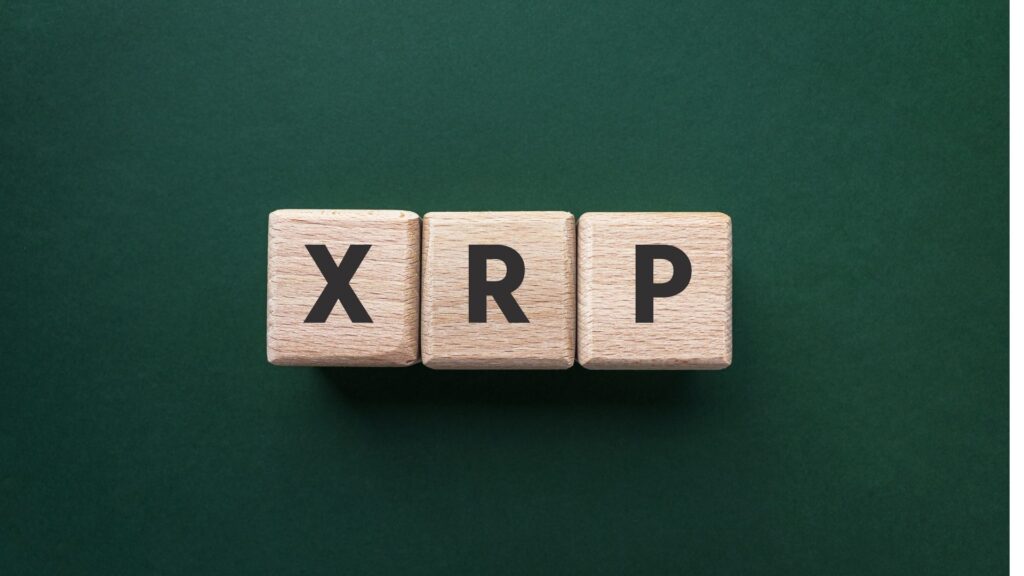
In the vast and often complex world of cryptocurrencies, XRP has long been a prominent name, frequently associated with fast, low-cost international payments and the fintech company Ripple. Unlike Bitcoin, which was conceived as a decentralized alternative to traditional money, XRP was designed with a specific utility in mind: to make the transfer of value across borders more efficient.
But what exactly is XRP? How does it work, and what is its relationship with Ripple? Let’s delve into the details of this unique digital asset.
What is XRP? The Core Concept
XRP is a digital asset native to the XRP Ledger (XRPL), an open-source, decentralized blockchain technology. It was created to facilitate fast and inexpensive global financial transactions. Think of it as a digital token purpose-built to bridge different currencies and payment systems, aiming to be a more efficient alternative to traditional settlement systems like SWIFT.
One of the key differentiators of XRP is its transaction speed and cost. Transactions on the XRP Ledger typically confirm in just 3-5 seconds, and at a tiny fraction of a cent.
The XRP Ledger (XRPL): The Technology Powering XRP
XRP doesn’t operate on a Proof-of-Work (like Bitcoin before its merge) or a standard Proof-of-Stake blockchain. Instead, it utilizes a unique consensus mechanism known as the XRP Ledger Consensus Protocol (formerly RPCA).
Here’s how it essentially works:
- A network of independent validator nodes comes to an agreement on the order and validity of XRP transactions.
- For a transaction to be confirmed, a supermajority of these validators (at least 80%) must agree on its legitimacy. This process is designed to be very quick and efficient.
- This means there’s no “mining” involved in the traditional sense, which contributes to its speed and low energy consumption compared to some other cryptocurrencies.
Beyond just processing XRP transactions, the XRP Ledger has other built-in features, including:
- A Decentralized Exchange (DEX): Allowing users to trade XRP against other issued currencies (including fiat-backed tokens) directly on the ledger.
- Custom Token Issuance: The XRPL allows for the creation of other digital assets or tokens.
Ripple and XRP: Clarifying the Connection
It’s crucial to distinguish between Ripple and XRP, though they are closely related:
- Ripple: Is a U.S.-based private financial technology company. Ripple aims to improve global payments by providing software solutions to financial institutions. Ripple leverages the XRP Ledger and the digital asset XRP in some of its products, most notably its “Ripple Payments” solution (formerly known as On-Demand Liquidity or ODL). This product uses XRP as a bridge currency to facilitate cross-border payments more quickly and cheaply than traditional methods.
- XRP: Is the independent digital asset. The XRP Ledger is open-source, meaning Ripple does not control it, even though Ripple engineers contribute to its codebase. XRP can exist and be traded independently of Ripple’s specific business activities.
While Ripple is a significant holder of XRP and plays a major role in its ecosystem, the company has consistently stated that the XRPL is decentralized.
Key Features & Intended Use Cases of XRP

XRP was designed with specific applications in mind:
- Fast and Low-Cost Global Payments: This is its primary intended use case, offering a significant improvement over traditional banking systems that can take days and incur high fees for international transfers.
- Bridge Currency: XRP can act as an intermediary between two different fiat currencies. For example, instead of a bank needing to maintain separate accounts in multiple foreign currencies (nostro/vostro accounts), it could convert its local currency to XRP, send the XRP, and then convert it to the destination currency, all within seconds.
- Interbank Settlement: Facilitating rapid settlement between banks and payment providers.
- Microtransactions: The low transaction cost makes XRP suitable for small payments where fees on other networks might be prohibitive.
XRP Tokenomics and Supply
- Pre-Mined Supply: A total of 100 billion XRP were created at the inception of the XRP Ledger. No new XRP can be created (unlike mined cryptocurrencies).
- Distribution: A significant portion of this XRP was gifted to Ripple. Ripple placed a large amount of its XRP holdings into a cryptographically-secured escrow. This escrow releases a certain amount of XRP each month, which Ripple can then sell to fund its operations or invest in the ecosystem. Any unsold XRP from the monthly release is returned to escrow.
- Transaction Fees: The small XRP fee for each transaction is “burned” or destroyed, which slightly reduces the total supply over time.
The SEC Lawsuit: A Major Hurdle
A significant factor impacting XRP, particularly in the United States, has been the lawsuit filed by the U.S. Securities and Exchange Commission (SEC) against Ripple Labs and its executives in December 2020. The SEC alleged that XRP was an unregistered security and that Ripple’s sales of XRP were illegal securities offerings.
This lawsuit has had a profound impact:
- Many U.S.-based exchanges delisted or suspended XRP trading.
- It created significant regulatory uncertainty around XRP’s status.
Key Developments (as of early-mid 2025): While the legal battle has been protracted, some key rulings have emerged. In July 2023, a U.S. District Court judge ruled that programmatic sales of XRP on exchanges did not constitute investment contracts (and thus were not securities sales in that context), which was seen as a partial victory for Ripple. However, the same ruling found that direct institutional sales of XRP did constitute unregistered securities sales. The case is complex and appeals or further legal proceedings are still possible, meaning full regulatory clarity, especially in the U.S., remains an ongoing process. Investors and users should stay informed about these developments.
Benefits and Criticisms of XRP
Benefits:
- Speed: Transactions confirm in seconds.
- Low Cost: Transaction fees are minimal.
- Scalability: The XRP Ledger is designed to handle a high volume of transactions.
- Energy Efficiency: The consensus mechanism is far less energy-intensive than Proof-of-Work.
Criticisms/Considerations:
- Centralization Concerns: Despite the decentralized nature of the XRPL consensus, Ripple’s large holdings of XRP and its historical influence have led to concerns about centralization compared to cryptocurrencies like Bitcoin.
- Regulatory Uncertainty: The SEC lawsuit highlighted the significant regulatory risks associated with some digital assets. Even with partial positive rulings for Ripple, the overall regulatory landscape remains a key factor.
- Market Perception: The lawsuit and debates around its nature have heavily influenced market sentiment towards XRP.
The Future of XRP
The future of XRP is closely tied to several factors: the final outcome and broader implications of its legal battles (especially in the U.S.), wider adoption of Ripple’s payment solutions by financial institutions, further development of the XRP Ledger ecosystem, and overall regulatory clarity for digital assets globally.
XRP remains a significant player in the cryptocurrency space, distinguished by its clear focus on revolutionizing global payments. While it has faced considerable challenges, its underlying technology offers compelling advantages for specific use cases. As the digital asset landscape continues to mature, XRP’s journey will undoubtedly be one to watch.







Hsgsg